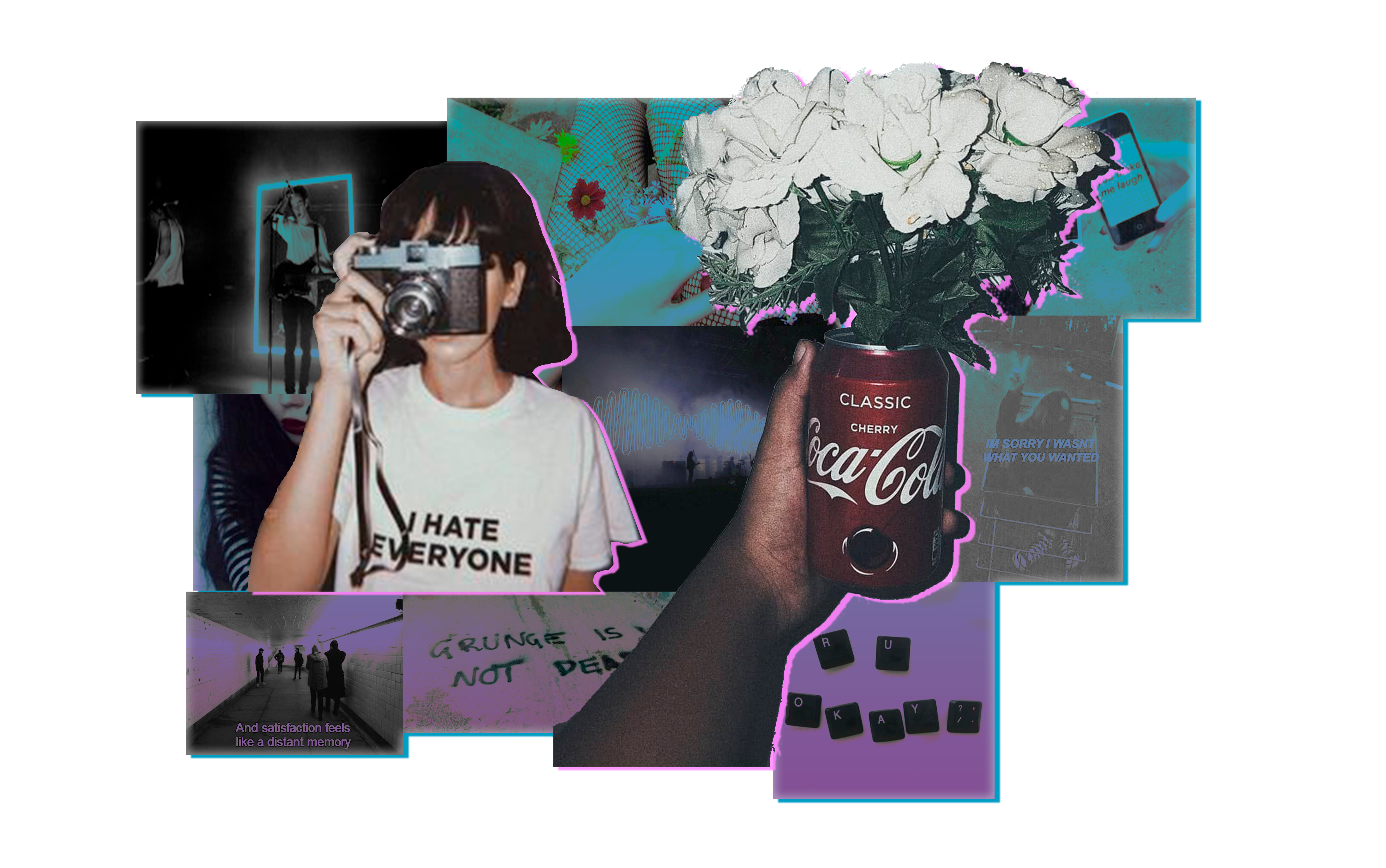All over social media, people are reminiscing over their former Tumblr kid selves
Imagine you’re mindlessly scrolling through Twitter, as we all seem to be doing more and more these days, passively reading through job announcements, middling “hot takes” and COVID-19 stats. Suddenly a post comes up that stops you in your tracks and drags you right back into your adolescence with a wave of nostalgia. Scrolling through the replies, you see that the aesthetics, music and products from your teen years are all coming back into style. You’re only 21.
Recently, a lot of people all over the internet have been reliving a certain 2011–2015 subculture that revolved specifically around the website Tumblr. This burst of nostalgia came fast and hard, but it hasn’t even been that long since us “Zillennials” were spending our days scrolling down our dashboards. So, why now?
If you didn’t have the (dis)pleasure of living your early teens predominantly online, I can try my best to explain the early 2010s Tumblr aesthetic, often dubbed “soft grunge.” While the look had little in common with the 90s subculture it got its name from, other than the mere existence of flannel shirts, it could be seen as the product of the 20-year cycle of fashion. In the 2010s, elder millennials were nostalgic for their youth in the 1990s, and that nostalgia trickled into the style and media of the day.
Now, feed that through the hyper-visual medium of Tumblr and you’ve got yourself countless images of teens in jelly sandals, ripped tights under denim shorts and choker necklaces posing with polaroid cameras, holding up records, or, most commonly, smoking cigarettes.
On the music front, in 2014, I, like my fellow Tumblr teens, was listening to Lana Del Rey, Arctic Monkeys, The 1975, and Grimes, because the songs on your iPod Touch were integral to the maintenance of the aesthetic.
In terms of 2010s fashion, this aesthetic was far from the worst thing in memory. Yet, that alone can’t explain its resurgence in recent months. We’re nowhere near the 20-year nostalgia cycle yet, so there must be something special about that time, or our current time, that holds special significance.
For a lot of Zillennials, Tumblr wasn’t just an aesthetic, it was a formative part of their adolescence. While any media you consume on a regular basis through your tween and teen years is likely to shape you in some way, Tumblr was uniquely good at fostering a community environment. Being more of a microblogging site than a traditional social media, users were encouraged to publish long posts and personalize their blog’s design. This affordance, mixed with the fairly low median age of users, and possibility for anonymity, led to users sharing a lot more personal information than they would on other platforms.
While it wasn’t always perfect (I’m looking at you, #thinspo), overall, this caused Tumblr to become a safe space for many young people in the early 2010s.
As one Concordia student describes, “All the fangirling, aesthetic stock images and memes were incredibly private. Your Tumblr was definitely not something you shared with anyone.” She continued, “Yet, there was strangely a big sense of community.”
Community-making on sites like Tumblr can be invaluable in helping young people through their search for identity. And this is double fold for youth who are already marginalized.
As Stefanie Duguay, assistant professor of Communications at Concordia explained to The CBC about LGBTQ youth Tumblr use, “They share GIFs and videos and content around queer celebrities, queer characters, and fanfiction,” Duguay explained. “It’s a general part of people’s self discovery, especially when you’re a young person and you’re determining things about yourself and your sexual identity.” For many, 2010s Tumblr text posts were their first introduction into important conversations of politics and identity.
Lisi Schauer, a fourth-year student at the University of Southern California puts it as such: “I think it struck the perfect balance of ‘cringy’ fandom stuff and people starting to use aesthetic as an adjective and just enough political text posts sneaking in to be really influential for people our age.”
Now that we are all so disconnected through COVID-19 isolation, it only makes sense that many of us would yearn for an adolescent time where everything felt new and important. As everyday feels mundane and predictable, it can be fun to engage in a bit of escapism in the aesthetic of who you used to be, before the world delved into chaos.
Additionally, many young adults have had to move back home, so if you’re constantly being reminded of your former self, why not lean into it?
While it may be jarring to see the rose-coloured glasses come out so soon, there’s really no harm in taking a stroll down those dashboard memories and into your younger self. We all need whatever bit of respite we can get from the current world. If what gets you through it is blasting Passion Pit and digging out your old Brandy Melville clothing, far be it from me to tell you to stop. At least it keeps people indoors.
Photo collage by Kit Mergaert
